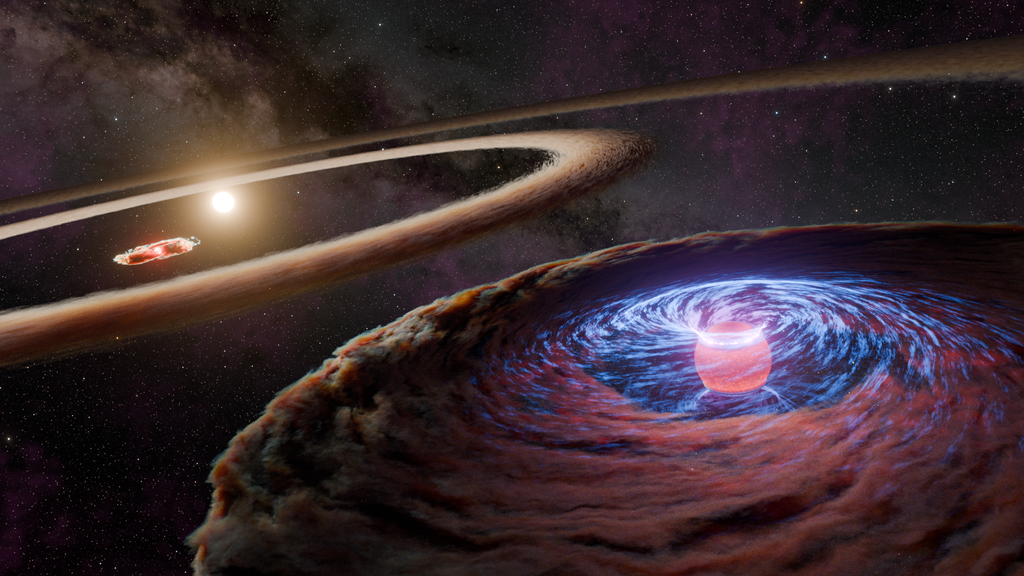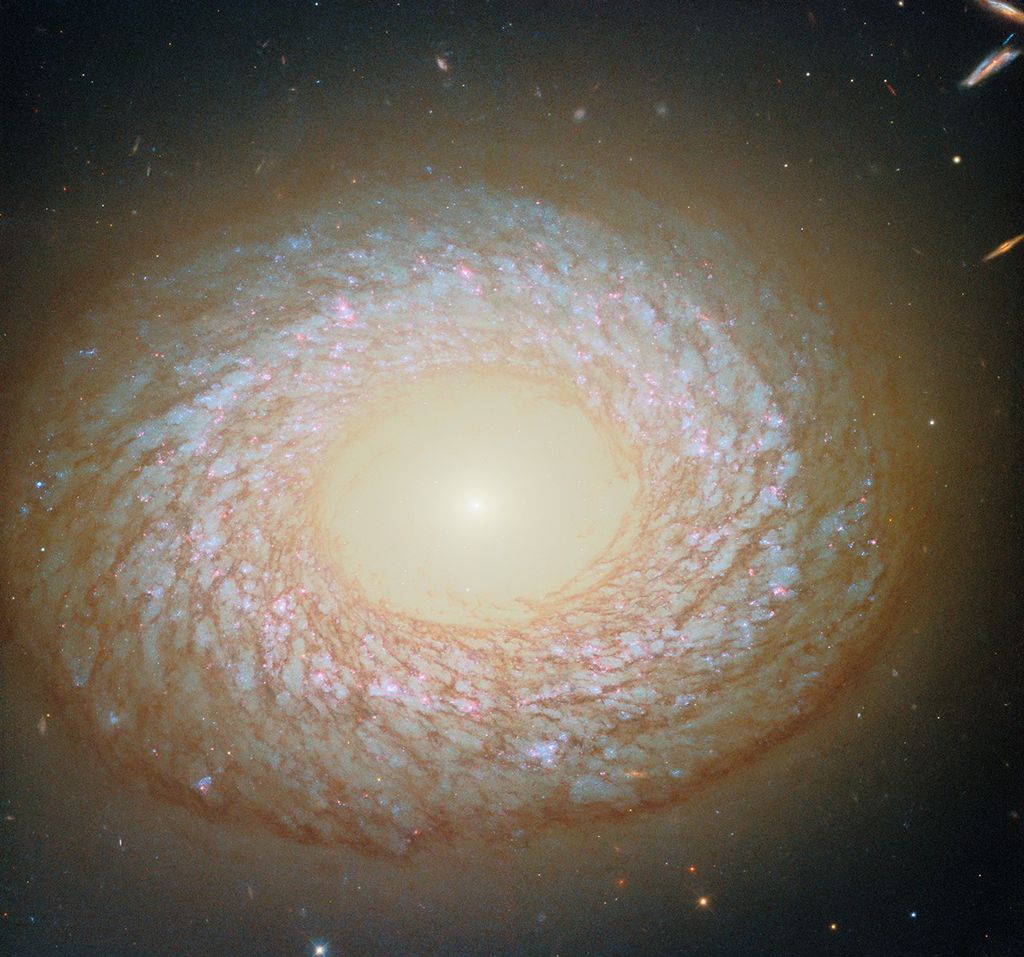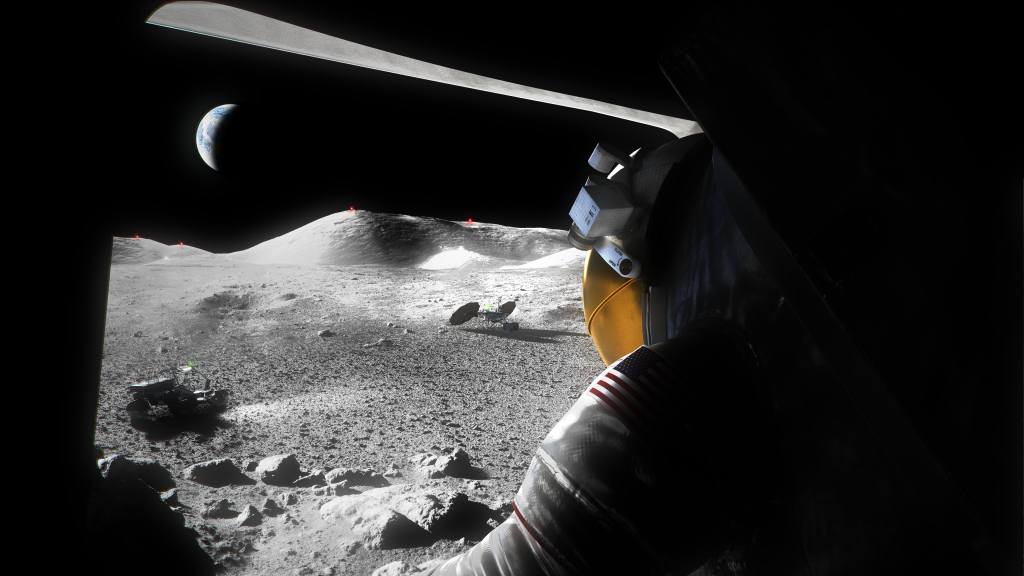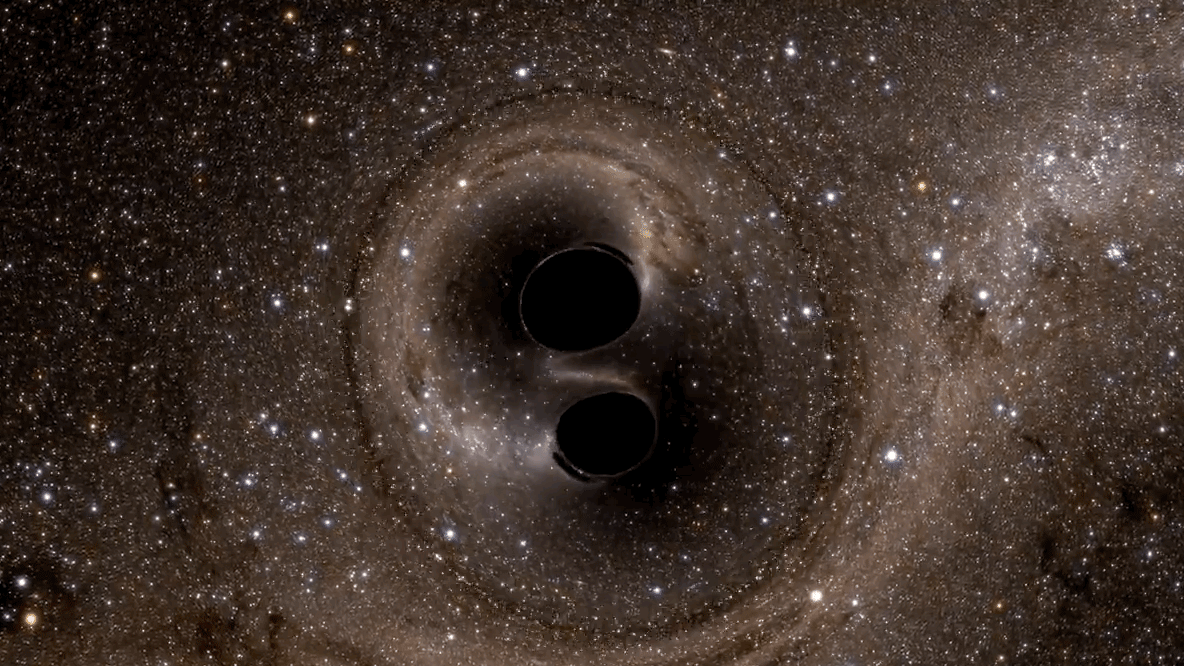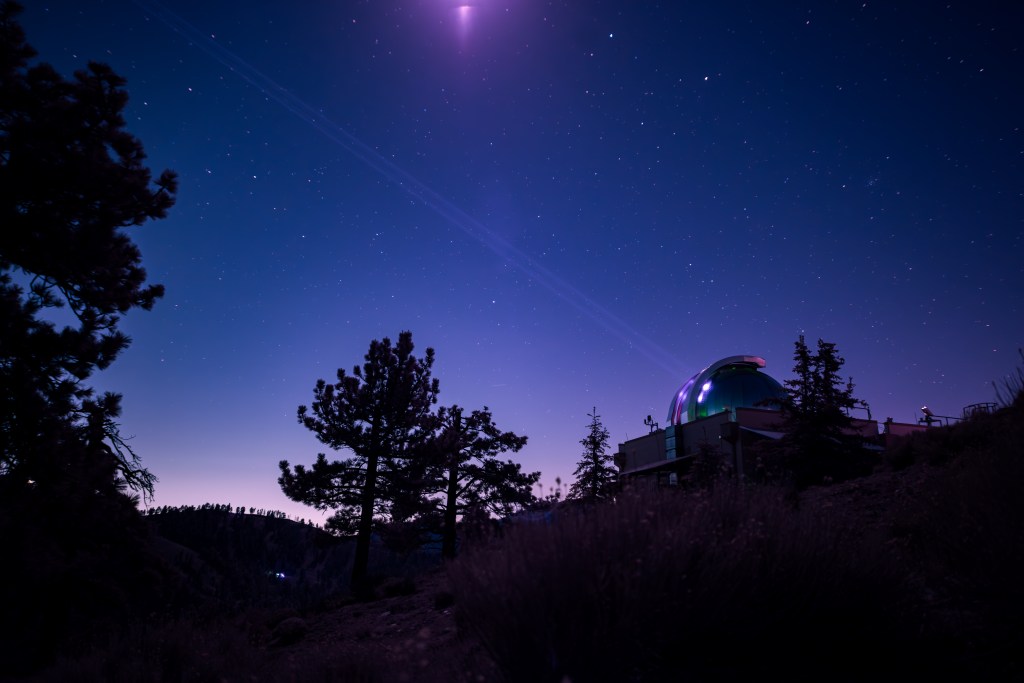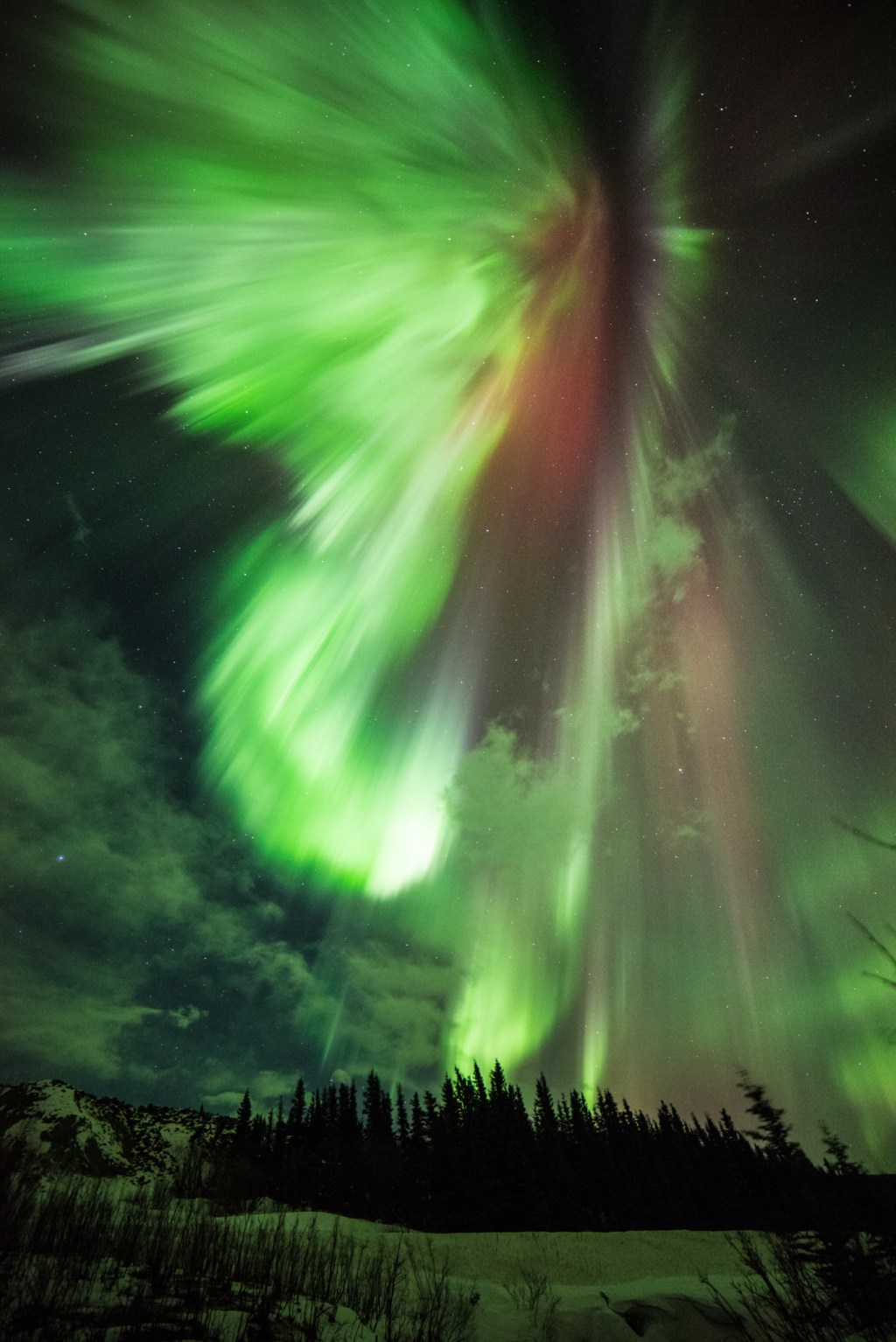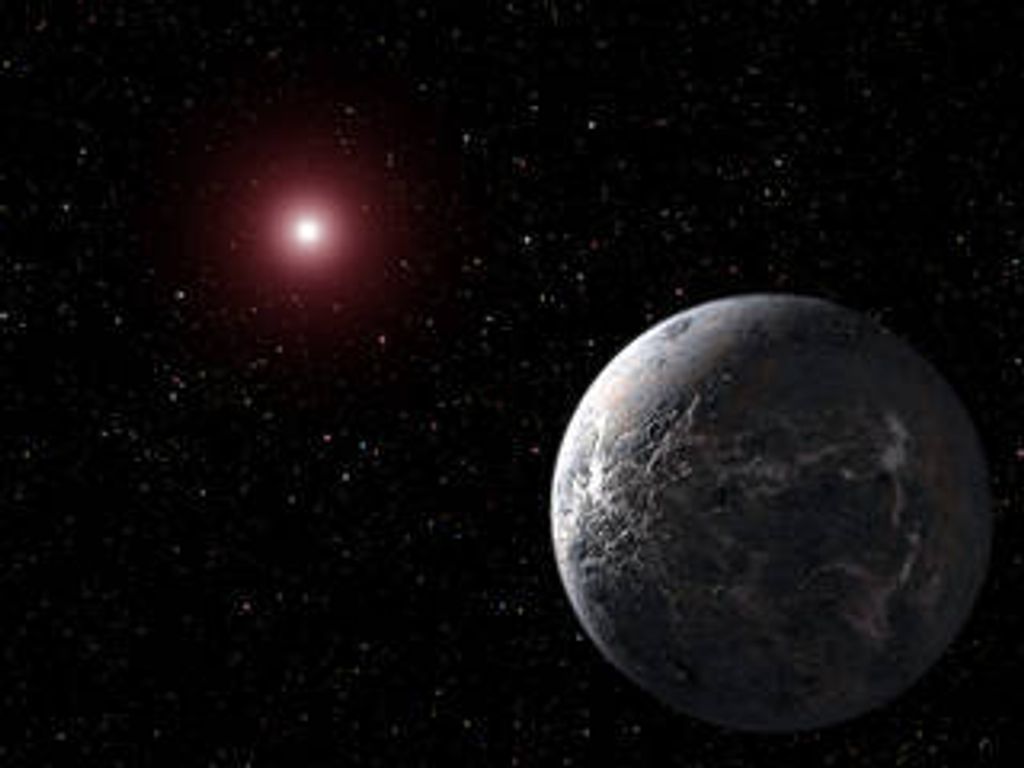1 min read
Betelgeuse Magnesium II Spectrum Diagram

Hubble Spectra Trace Traumatic Outburst on the Star Betelgeuse
This spectral plot is based on Hubble Space Telescope observations from March 2019 to February 2020. Hubble recorded a surprising outburst in the atmosphere of the nearby red supergiant star Betelgeuse. Measurements of emission from magnesium II were used to trace motion in the star's pulsating atmosphere. Hubble's Space Telescope Imaging Spectrograph captured a dramatic increase in the brightness of magnesium emission in October 2019, in the southeast region of the star, as outlined by the white circle. (Betelgeuse is close enough and big enough for Hubble to resolve the star's enormous disk.) This traumatic event was different from what is normally seen in the star's 420-day pulsation period. At the same time in October, the star abruptly began dimming. This fading continued until February 2020, at which time the Hubble ultraviolet spectral data had returned to normal. The outburst is suspected to have ejected a cloud of hot plasma that cooled to form dust that blocked out a significant portion of the star's light for a few months. Hubble's long baseline of monitoring the star helped put the puzzle pieces together.
- Release DateAugust 13, 2020
- Science ReleaseHubble Finds that Betelgeuse’s Mysterious Dimming Is Due to a Traumatic Outburst
- Credit
Related Images & Videos

Illustration of Outburst from Betelgeuse
One Scenario that Led to the Star Betelgeuse's 'Great Dimming' Event This four-panel graphic illustrates how the southern region of the rapidly evolving, bright red supergiant star Betelgeuse may have suddenly become fainter for several months during late 2019 and early 2020. In...
Share
Details
Claire Andreoli
NASA’s Goddard Space Flight Center
Greenbelt, Maryland
claire.andreoli@nasa.gov

